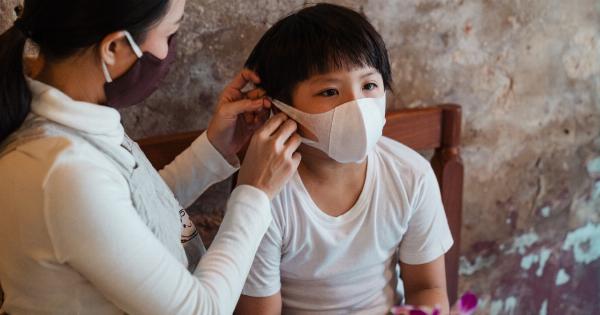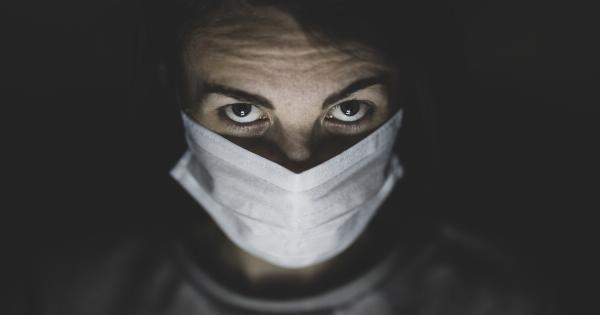Koxaki virus is a family of six enteroviruses that cause infection in human beings. It is named after a town in Hungary where the virus was discovered in 1947.
The virus is ubiquitous and can be found almost anywhere in the world, with outbreaks occurring in various parts of the world over the years.
Koxaki virus is highly contagious, and it spreads easily from one person to another through various means. It is a significant cause of respiratory and gastrointestinal illnesses among infants and young children.
It can also cause more severe symptoms in adults, including myocarditis, meningitis, and encephalitis.
In this article, we will discuss the diagnosis and treatment of Koxaki virus.
Diagnosis of Koxaki Virus
The diagnosis of Koxaki virus infection is typically based on clinical presentation and laboratory findings.
Clinical presentation
The symptoms of Koxaki virus infection are usually mild and self-limiting, and they include fever, sore throat, headache, muscle aches, and rash.
Infants and young children may also develop hand, foot, and mouth disease, which is characterized by small, painful blisters on the hands, feet, and in the mouth.
In some cases, Koxaki virus infection can lead to more severe symptoms, such as myocarditis, meningitis, and encephalitis. These conditions are more commonly seen in adults and can be life-threatening.
Laboratory findings
Laboratory diagnosis of Koxaki virus infection involves the detection of the virus in body fluids, such as blood, cerebrospinal fluid, and respiratory secretions.
The most commonly used method for detecting Koxaki virus is polymerase chain reaction (PCR) testing, which can detect the virus’s genetic material in various body fluids. Other tests that may be used include viral culture and serological testing.
Treatment of Koxaki Virus
There is no specific treatment for Koxaki virus infection. Instead, treatment is focused on managing the symptoms of the infection.
Fever and pain relief
Over-the-counter pain relievers, such as acetaminophen and ibuprofen, can be used to manage fever and pain associated with Koxaki virus infection.
Aspirin should not be used in children because it is associated with an increased risk of developing Reyes syndrome.
Hydration
It is essential to stay hydrated when infected with Koxaki virus. This is particularly important for infants and young children who may become dehydrated more quickly due to fever and reduced fluid intake.
Skin care
If an individual has hand, foot, and mouth disease, it is important to maintain good skin hygiene to prevent secondary bacterial skin infections.
Keeping the skin clean and dry and applying topical ointments and creams can help reduce discomfort and promote healing.
Antivirals and Immunoglobulins
There are no antiviral medications or immunoglobulins currently available for the treatment of Koxaki virus. Vaccines have been developed, but they are not effective for treating an existing infection.
The best way to prevent Koxaki virus infection is through good hygiene practices, such as washing hands frequently and avoiding close contact with infected individuals.
Prevention of Koxaki Virus
The most effective way to prevent Koxaki virus infection is through good hygiene practices, such as washing hands frequently and avoiding close contact with infected individuals.
People should also avoid touching their faces, particularly their mouths and noses, as this can help prevent the spread of the virus.
Infected individuals should stay home until their symptoms have resolved and avoid close contact with others to avoid passing on the infection.
Parents can also take steps to prevent their children from becoming infected, such as ensuring that their children wash their hands frequently and avoiding close contact with others who may be infected.
Children who have hand, foot, and mouth disease should be kept home from school or daycare until their symptoms have resolved.
Conclusion
Koxaki virus is a common virus that can cause respiratory and gastrointestinal illnesses in infants and young children. It can also cause more severe symptoms in adults, including myocarditis, meningitis, and encephalitis.
The diagnosis of Koxaki virus infection is typically based on clinical presentation and laboratory findings, and there is no specific treatment for the infection. Good hygiene practices and avoiding close contact with infected individuals are the best ways to prevent Koxaki virus infection.





























